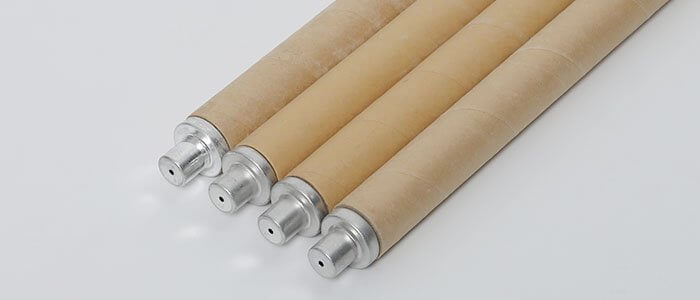Introduction
Casting is a manufacturing process that involves pouring liquid metal into a mold to create a solid object of a desired shape. The temperature at which the metal is poured and solidified is a critical factor in the quality of the final product. Therefore, accurate temperature measurement during casting is essential to ensure the desired properties and characteristics of the cast product.
One of the commonly used temperature measuring devices in casting is the thermocouple. Thermocouples are devices that convert temperature into a voltage signal, which can then be interpreted by a temperature controller or monitoring system. Rapid temperature measuring thermocouples are an advancement of traditional thermocouples and are increasingly becoming popular in the casting industry. In this article, we will explore the use of rapid temperature measuring thermocouples in casting and their application and analysis in foreign markets.

Advantages of Rapid Temperature Measuring Thermocouples
Traditional thermocouples have some limitations that make them less ideal for use in certain applications. One of the main challenges with traditional thermocouples is that they are relatively slow to respond to temperature changes. This means that by the time a temperature reading is obtained, the temperature of a process may have already changed significantly. This is particularly problematic in casting, where even small variations in temperature can have a significant impact on the quality of the final product.
Rapid temperature measuring thermocouples offer a solution to this challenge by providing faster and more accurate temperature readings. These thermocouples can measure temperature changes as quickly as a few milliseconds, making them ideal for monitoring fast-moving processes such as casting. Rapid temperature measuring thermocouples are also more resilient to wear and tear and offer greater temperature range capabilities than traditional thermocouples. These advantages have made them popular in the casting industry, especially in foreign markets where quality is a top priority.
Applications of Rapid Temperature Measuring Thermocouples in Casting
Rapid temperature measuring thermocouples have a wide range of applications in casting. One of the most critical uses of these thermocouples is in measuring the temperature of molten metal as it is poured into the mold. This is because the temperature of the metal when it is poured is a critical factor in determining the final quality of the cast product. By using rapid temperature measuring thermocouples to monitor the temperature of the molten metal, manufacturers can adjust the temperature as necessary to ensure the desired properties of the final product.
Rapid temperature measuring thermocouples are also used to monitor the temperature of the mold during casting. This is important because the temperature of the mold directly affects the solidification process of the molten metal. If the mold is too hot or too cold, it can result in defects or structural weaknesses in the final product. By monitoring the temperature of the mold using rapid temperature measuring thermocouples, manufacturers can ensure that the mold is at the optimal temperature for producing a high-quality cast product.
In addition to measuring the temperature of molten metal and the mold, rapid temperature measuring thermocouples can also be used to monitor other factors such as the cooling rate and the thermal conductivity of the mold. By monitoring these factors, manufacturers can adjust the casting process as necessary to produce the desired properties in the final product.
Analysis of the Use of Rapid Temperature Measuring Thermocouples in Foreign Markets
Foreign markets are a critical area of growth for the casting industry, and the use of rapid temperature measuring thermocouples has played a significant role in this growth. Rapid temperature measuring thermocouples are increasingly becoming a standard feature in high-end casting machines used in foreign markets, especially in Europe and North America. The use of these thermocouples has helped foreign manufacturers to produce high-quality cast products that meet the stringent quality standards of these markets.
One of the key advantages of using rapid temperature measuring thermocouples in foreign markets is that they enable manufacturers to produce cast products with greater consistency. This is particularly important for markets such as Europe and North America, where consistency and quality are critical factors in the success of a product. By using rapid temperature measuring thermocouples to monitor the casting process, manufacturers can ensure that the final product meets the desired specifications and is consistent from batch to batch.
Another benefit of using rapid temperature measuring thermocouples in foreign markets is that they enable manufacturers to produce cast products with higher levels of complexity and precision. This is because these thermocouples can provide more accurate temperature readings, which allow manufacturers to adjust the casting process as necessary to produce cast products with more intricate designs and tighter tolerances.
Conclusion
Rapid temperature measuring thermocouples are a valuable technological innovation that has helped to improve the quality and consistency of cast products in foreign markets. These thermocouples offer faster and more accurate temperature readings, making them ideal for monitoring fast-moving processes such as casting. They are also more resilient to wear and tear and offer greater temperature range capabilities than traditional thermocouples. By using rapid temperature measuring thermocouples in casting, manufacturers can produce high-quality cast products that meet the stringent quality standards of foreign markets.


